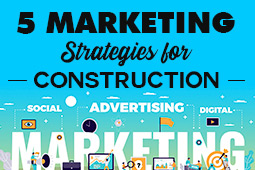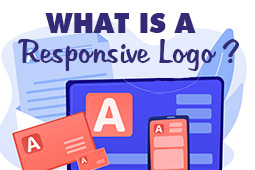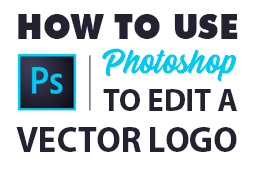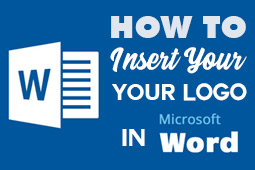Designing a logo isn’t only about design. There is an equally important element to delivering a project — a strong logo presentation. Chances are that you feel pretty confident with your work, but most of us feel anxious when it comes to presenting it. Logo design is also associated with product placement at a larger scale.
It is often the case that even experienced designers lack the necessary knowledge to make a compelling presentation. Well, the truth is that there’s nothing complicated about it. We’ve compiled five simple things that you need to take into account to make a successful presentation.
1. Guide the client
Before even looking into the presentation, it is crucial that we take the right attitude towards the process of presenting the finished product to your client. For this you may need product mockups. Designers often ask for the client’s verdict before they’ve given a comprehensive description of the work they’ve done.
Let’s look at it this way. You’re much more proficient in the field of design, compared to, say, an executive. Before asking him what he thinks about the design, guide him through all of the artistic decisions you’ve made in order to create the high-quality logo that he’s looking at. This is why presentations are crucial. Now, let’s look into the points you need to make when delivering a logo for your client.
2. Tell an intriguing story about the process
Conveying emotion is central to communication. The voice is an essential medium that gets the job done. Use your voice to tell your customer about the concept behind the final product. Don’t just shoot him an email with 15 different versions of the logo and drop two lines of boring text along with it. Big mistake!
Imagine you came to the jewelry store to buy your significant other a gift. The consultant asks you about what you’re looking for and then simply pulls out ten items in front of you and then just silently stares at you. No additional information. Nothing. Nada. They’re all beautiful pieces of jewelry, but they’re not presented as they should be.
The moral of the story? Always try to give your client a presentation in person, if that’s possible. Optionally, you can use Skype or any other service that lets you make a video call. Another important reason why you should seek verbal communication with your client upon delivery is trying to collect sufficient information about the revisions that need to be done.
Pro tip: Consider sending the presentation a few minutes after beginning the call, instead of just mailing it immediately. This helps in building up some extra anticipation.
3. Make a presentation that has the right amount of text
We’ve previously said that your presentation should be presented orally, but that mustn’t exclude cleverly used text. In case you’re going to make a slideshow in PowerPoint or Keynote, don’t hesitate to use some follow-up text, wherever you feel like it’s needed. If you're making a logo for a conference, you may need software to manage your conference. There a tones of free PC software download sites with great programs which can help you along the way.
This is where you may need the use the help of a specialist. Asking a copywriter to craft a few strong sentences will most definitely help the presentation shine. These people do this for a living, so consulting a writer will certainly be an asset to your goal. Additionally, you could simply write your own text, and let an experienced editor go through the written material, and work his magic on it. There are now websites where you can find editing service reviews so that you can rest assured that you’ll find the right person for the task.

4. Prove that the logo is eye-catching
Try presenting the client with 3-5 variants of the final logo. Don’t go overboard, because choice makes us unhappy. Select the best-looking and the most versatile iterations. One of them should be a single color version, to stress that it looks well in small sizes.
Considering that the emblem you’re working on will be used on a wide array of objects, it is crucial that you show your client how the logo remains consistent throughout different parameters.
Your primary intention with placing the design on various surfaces and objects is helping the client understand how it will look in real life, which adds extra depth to your presentation. How about making a mockup of the logo on an iWatch, a t-shirt, or a bag, for instance.
5. Collect feedback when you’re done
Despite not being a part of the actual presentation creation process, it’s imperative that make sure that what you’ve delivered satisfies the client’s needs.
Although this process mostly relies on the client, it is also your responsibility to pick up non-verbal cues and try understanding his emotions. We don’t want to force our customer just to accept the design. We want him to love it. This is why investing a little time in a small revision will count as “going the extra mile.”
Sometimes, clients will find it difficult to give you feedback immediately, or they might find it complicated word the content of their feedback correctly. Be patient and try helping them. You are a professional in your field, which is why you know better what people feel when they see a design. A great way to help your client is by asking the right questions. “Why?” helps a lot! By trying to find out the reasons why the customer isn’t happy with a particular element of the design, you’ll be able to define better and understand their needs. Moreover, that’ll make revisions clearer and quicker. Being attentive to your customer's needs will get you more clients.
Start designing your logo





